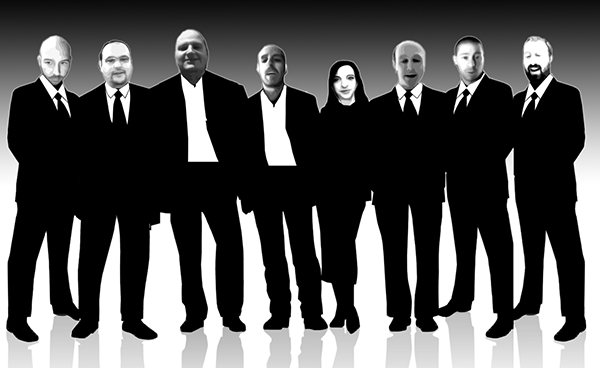Its Virtual Design master (vDM) competition time again and this year will be bigger and better than ever with Angelo Luciani , Eric Wright and Melissa Palmer leading the charge.
Last season, I participated as a Judge and found the experience very rewarding and I decided that in 2015, I would sponsor the Grand Prize.
In considering what would be a good prize, I thought about equipment for a home lab like a Synology NAS but thought of a much more valuable prize for a Virtual Design Master….. VCDX mentoring as well as the VCDX Application and Exam fees paid for!
So then the Virtual Design Master can truly become an industry recognized expert.
Let’s break it down:
The vDM will first need to complete the prerequisites certifications currently known as VMware Advanced Certified Professional (or VCAP) which will soon be changed to the VMware Certified Implementation Expert (or VCIX) in one of the certification streams and then it will be time for the mentoring to begin.
This will include (but not necessarily be limited too)
1. Initial design review and feedback session (~2hrs)
2. Follow up design review and feedback session (~2hrs)
3. Initial VCDX defence Powerpoint preparation session (~2hrs)
4. Follow up VCDX defence Powerpoint preparation session (~2hrs)
5. Initial VCDX Mock panel including Defence, Design and Troubleshooting Scenarios. (~4hrs)
6. Follow up VCDX Mock panel including Defence, Design and Troubleshooting Scenarios. (~4hrs)
I would like to be clear, the mentoring is not aimed to teach the vDM how to pass VCDX, but to guide the vDM to fully understanding their architecture and design choices along with alternatives and implications. With these skills the vDM will have a much better chance of passing but more importantly, will be a better architect / consultant as a result.
As a Bonus prize, the vDM will also receive a copy of my upcoming book which is yet to be announced.
I look forward to participating as a Judge again this season (time permitting) and can’t wait to work with the vDM to achieve his/her VCDX!
So what are you waiting for? Register here: http://www.virtualdesignmaster.com/register/
Best of luck to all the vDM contestants for 2015 from me and the rest of the vDM team!


